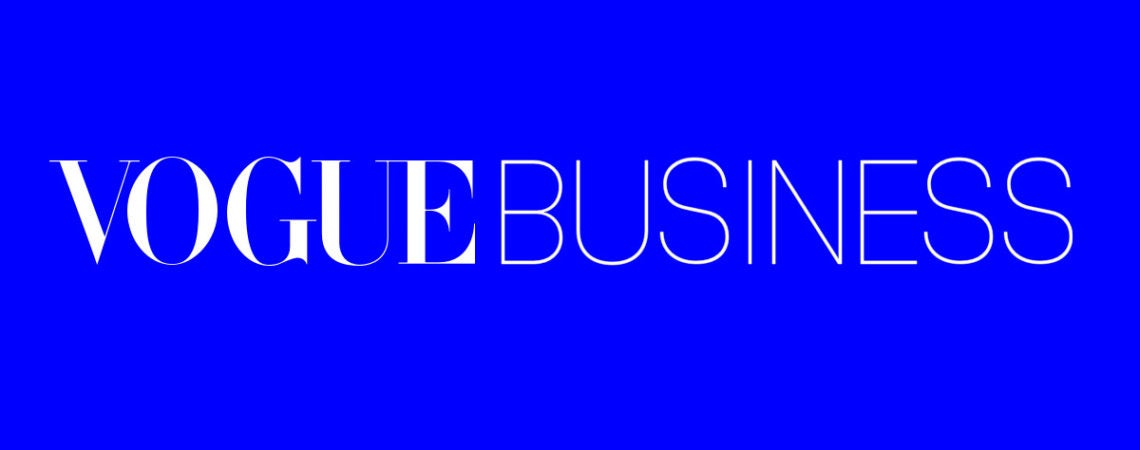After 20 years of negotiations, the EU and South America’s Mercosur economic bloc came to an initial free trade agreement in June. The deal is expected to boost the fashion industry in both regions, giving European brands access to new customers, while allowing South American labels to tap the world’s largest single market.
Many see significant opportunities for clothing trade to flourish across the Atlantic, but fashion brands won’t immediately reap the full benefits of this new trade zone, which links 31 nations into a $100 billion trade corridor. Final approval of the deal is likely to take another two years, says Guillermo Tolosa, executive director of Uruguayan economic think tank Ceres. Labour and environmental protection headwinds could also delay final ratification.
Even then, it will take more time before duties are completely eradicated, with the Mercosur nations having 15 years to do so and the EU 12. But as the deal is finalised, the fashion industry should prepare for a new trade dynamic between the two regions.
European footwear and apparel brands get better access
The EU exported €460 million worth of textiles and clothing to the Mercosur bloc linking Brazil, Argentina, Uruguay and Paraguay last year. In turn, Mercosur sent €392 million to Europe, according to data from European industry lobby Euratex and Ceres.
EU businesses are seen as likely to benefit more, as Mercosur is one of the most closed-off trade areas in the world for textile and apparel. Currently, EU footwear and apparel companies pay 43 per cent and 35 per cent tariffs, respectively, while South American exporters generally pay 10 per cent tariffs to access European markets, according to Tolosa. Euratex estimates that the deal means European brands will save up to €4 billion in duties annually while getting access to a market of 800 million people.
Among European industries, textiles and apparel are particular winners. Unlike several other sectors, these two will eventually get 100 per cent tariff-free access to South America’s largest economies. Some key European fabrics, such as technical textiles, will also enter duty-free as soon as the agreement is implemented.
Additionally, a clause to protect Mercosur’s footwear and apparel makers from Asian competition will tilt business in the EU’s favour. Under the agreement, at least 70 per cent of clothing and shoes imported to South America from the EU under $35 must be made in Europe.
Large or high-end South American brands will benefit
Established South American brands are also likely to benefit from increased access to Europe. Overall textile shipments from Brazil could double to $500 million when the agreement is finalised, says Fernando Pimentel, president of Brazilian industry lobby group Abit.
Several of the country’s top footwear brands already have a global presence in Europe. Sandal label Havaianas has been expanding its bricks-and-mortar setup in the region. Fellow Brazilian brand Alexandre Birman, which sells heels made from exotic skins, is also a regular presence at London and Paris Fashion Week and stocked at European retailers like Net-a-Porter.
But the bar is much higher for smaller, independent labels who have limited name recognition and no experience operating in Europe’s highly competitive fashion market. “We don’t really see much opportunity for Argentina unless it is for very high fashion and in small amounts,” says Alicia Hernandez, general manager of the country’s CIAI trade lobby.
Argentina’s fashion and retail industry is seen as particularly vulnerable since its embattled economy may not be able to adapt to the expected increase in European imports, while local brands don’t have the scale to export goods globally. Hernandez’s concern is that the trade deal will allow European companies like Primark, Mango and Zara to expand at the expense of local counterparts.
Low-cost outsourcing opportunities
Paraguay, which is developing into a major sourcing hub for the industry, is a potential beneficiary as the accord spurs increased European investment. The country exported $166 million in clothing and textiles in 2017, but less than $1 million of that went to Europe, according to World Bank data.
But manufacturing costs in Paraguay are 30 to 40 per cent lower than in Brazil, says Diego Gaud, president of Paraguay textile association AICP. “We have a lot of capacity in labour and know-how.” Portuguese and other European clothing manufacturers are already eyeing factory investments to slash labour and energy costs as they look to supply the new market, he says.
Everything, of course, depends on whether — and how fast — Mercosur parties can endorse the final document. The hope is that approval will come by 2021, but a new left-wing Argentine government and controversy around sectors like agriculture could delay things further.
One possible outcome is that the EU could approve the textiles, apparel and luxury trade chapters, where there is less political opposition, says luxury consultant Diego Stecchi, who was previously a regional senior executive for Ferragamo. “Apparel and luxury face [fewer] challenges than agriculture, which has many states against it,” says Stecchi.
To see the article click here

